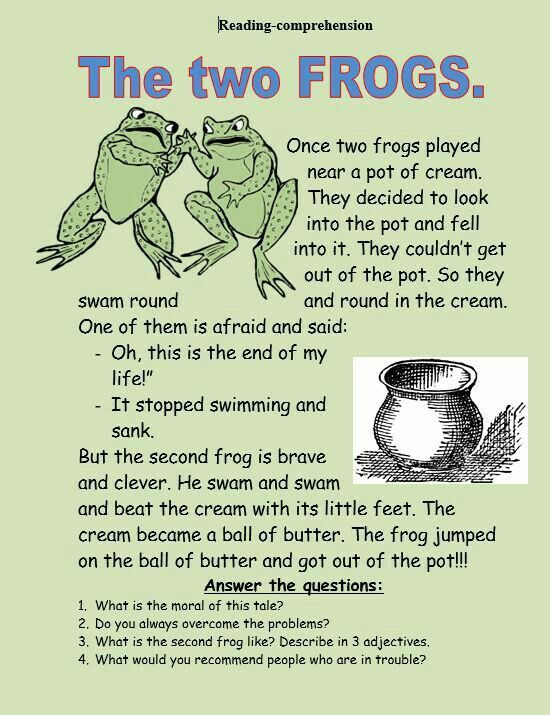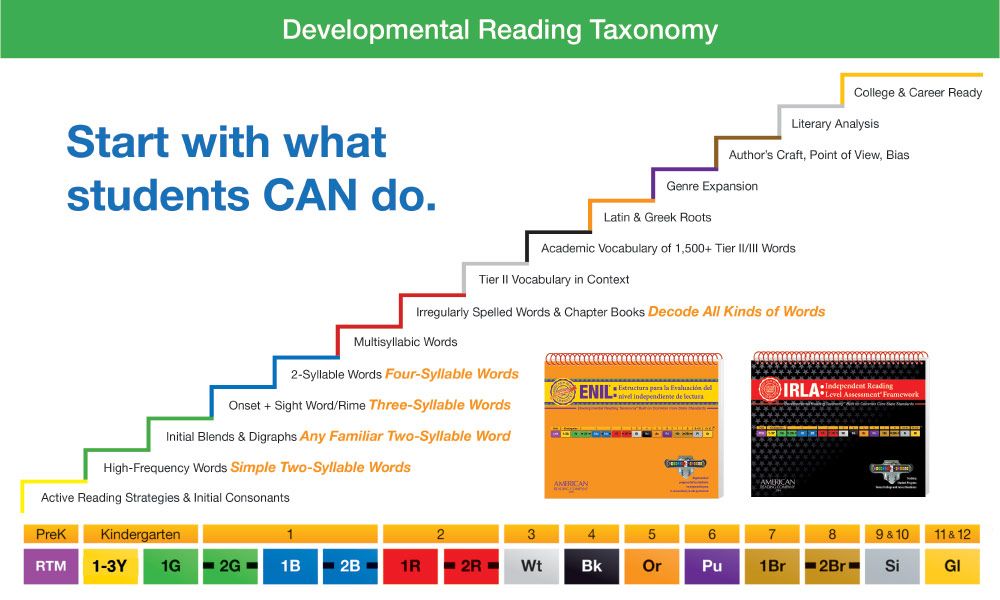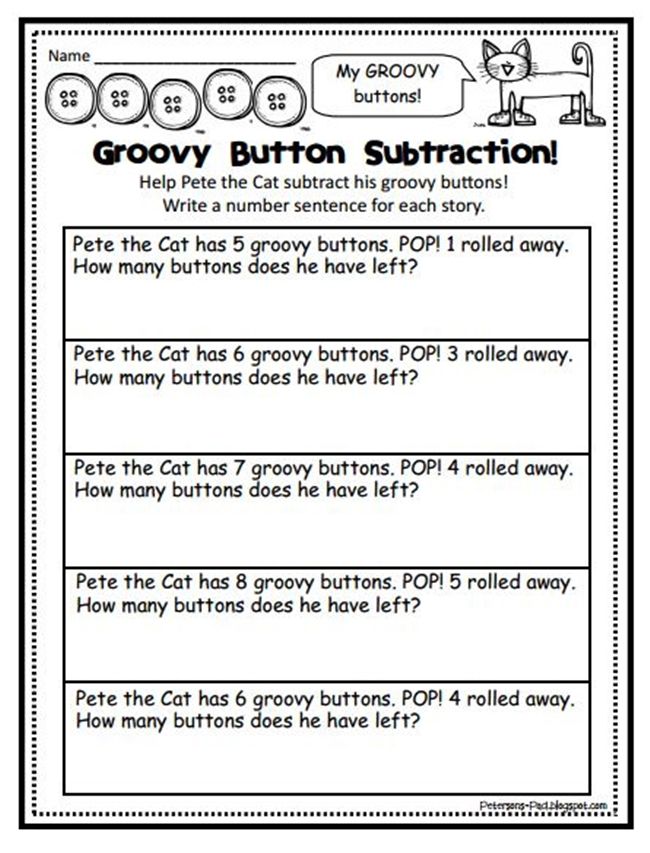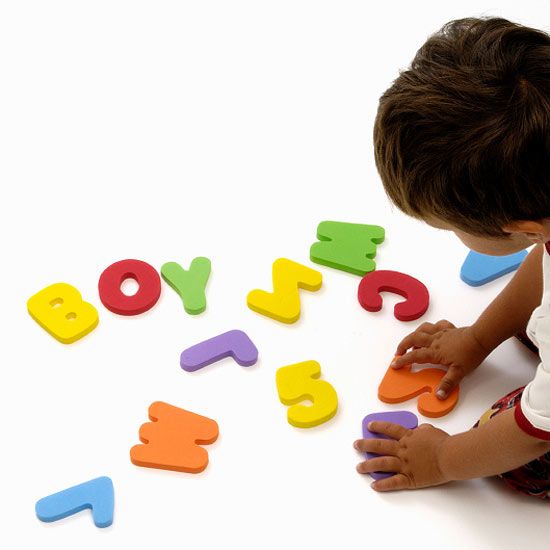What is guided reading level
The Guided Reading Levels Chart and What It Means
Have you ever found yourself using a system, but not really knowing why? Maybe you are using it because someone introduced you to it and you just rolled with it. Maybe you have found yourself using it because you knew there was a purpose but weren’t sure what it was. I know I have been in this place. I have been there with guided reading levels and the guided reading levels chart for sure.
When I first started teaching guided reading, I found myself wondering things like, “What does this guided reading level mean?” Or “What does this have to do with how this child is learning to read?” Or even “Why on earth are some numbers and other’s letters?”
I want to help make things clear for you so I am sharing all I can about guided reading levels, the guided reading levels chart, and what it all means.
What are guided reading levels?
Guided reading levels are simply a system developed originally by Irene Fountas and Gay Su Pinnell to help organize reading skills and strategies so that readers are not overwhelmed. The goal of guided reading is to work within a child’s instructional level. Anything above that can cause frustration for the reader and anything below does not allow for enough teachable moments.
The most common system for leveling is Fountas and Pinnell’s guided reading levels system which uses letters to indicate each level. It ranges from levels A-Z with A being the simplest and Z being the most complex of the guided reading levels. Other popular systems are DRA, which uses numbers, Reading A-Z, and Rigby. Lexile levels are another familiar system that uses large ranges. Personally, I have found this system to be the most difficult to work within.
All good teachers teach within a “system” naturally. Never would we dump algebra on a child who is learning basic number patterns, yet the number patterns will set them up for later success in deeper math concepts!
Books are assigned reading levels and as children are assessed, children are given leveled books to work within that do not overwhelm them.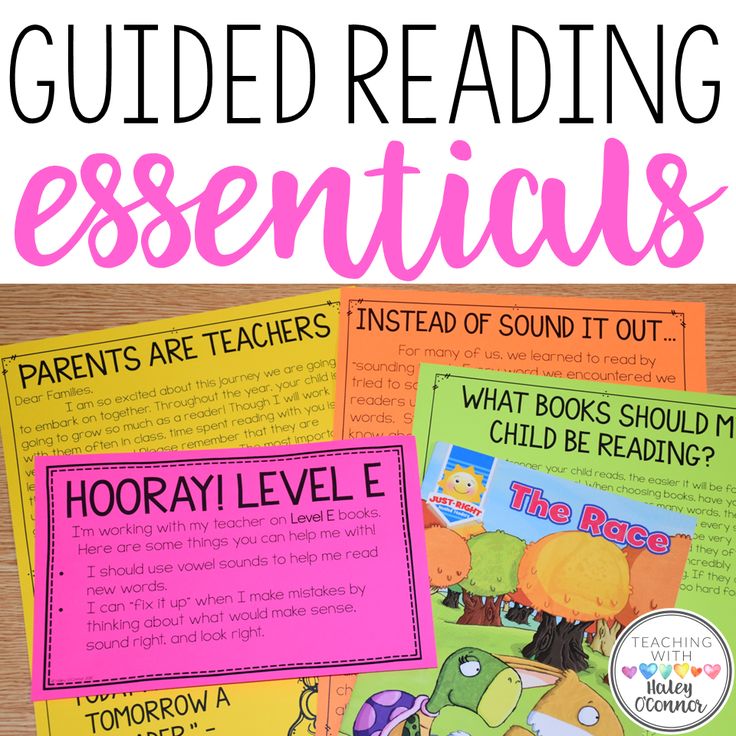 The goal is that they have a useful tool that allows the teacher to come alongside them and coach them through.
The goal is that they have a useful tool that allows the teacher to come alongside them and coach them through.
This is something that I am guilty of in the past and while it can be wonderful motivation for some as they work to move up levels, it’s also not great for many.
How do you determine a guided reading level?
Guided Reading Levels for Books
Assigning a guided reading level to a book is complex. Many factors are taken into account. Scholastic lists the following:
Genre: The type of book (here’s your guide to children’s book genres)
Text Structure: How the book is organized and presented
Content: The subject matter of a book
Themes and Ideas: The big ideas that are communicated by the author
Language and Literary Features: The types of writing techniques employed by the writer
Sentence Complexity: How challenging the syntax in each sentence is
Vocabulary: The frequency of new words introduced in the book
Words: The ease at which the words in the book can be figured out or decoded by a reader
Illustrations: The correlation and consistency of images and pictures in the books to the words printed on the page
Book and Print Features: The physical aspects of the printed word on the page –Mary Doman, A Parent’s Guide to Guided Reading, Scholastic.![]() com
com
Just remember there is no perfect book and no perfect system. I know firsthand from leveling my own sets of guided reading books that it’s super tricky and one word can change the whole level! Being aware of your readers’ skills is so important!
Matching Just Right Books with Children
When it comes to matching guided reading levels with readers, there are a few ways you can do this. If you are a teacher, the best way to is to take a running record. This will allow you to get accurate data on the child and really see their strengths and growing points. If you are a parent, you can use a simple five finger test to determine if a book is too hard or just right. Every time a word is missed, the child raises a finger. Once they get to five, they know it’s too tricky right now.
It’s important to remember that when searching for a good fit you take into consideration more than just the text. You must also consider comprehension. If a child is struggling to comprehend the text, then it’s likely too hard.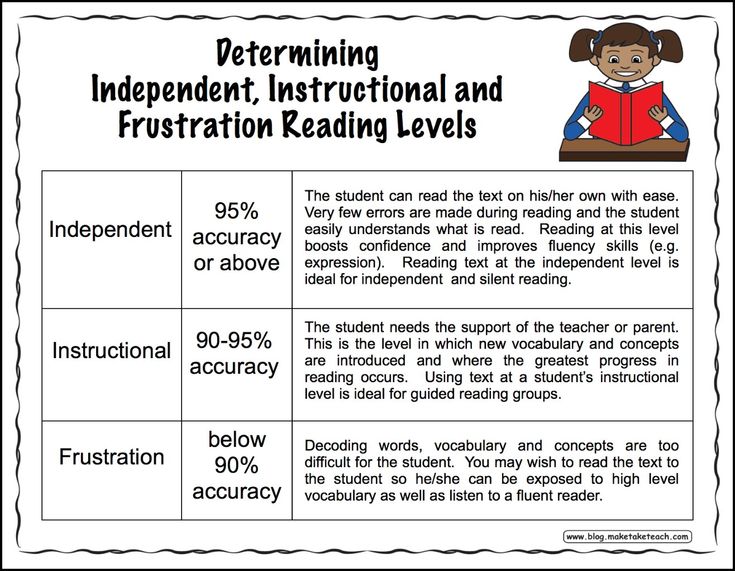 If the child can comprehend it well and can read it well, then it may be too easy for the child.
If the child can comprehend it well and can read it well, then it may be too easy for the child.
What does each of the guided reading levels mean?
So what do each of the guided reading levels mean? I love to look at them from the perspective of what they encourage readers to be working towards and how much a child can do when they advance levels.
In my guided reading resource card FREEBIE, all of the strategies, skills, behaviors, and comprehension focuses are explained at each level. They not only help you, the teacher, meet your readers where they are, but they help you have a roadmap to see where they are going next, too.
I love to use them when planning my guided reading lessons!
Where do I go from here?
Once you know where a reader is working and you know that you have leveled text, you may be looking for some easy to follow guided reading lessons. After years of planning my own lessons and hearing from teachers that they weren’t sure where to even begin, I created guided reading lessons for Kindergarten, First Grade, and Second Grade readers.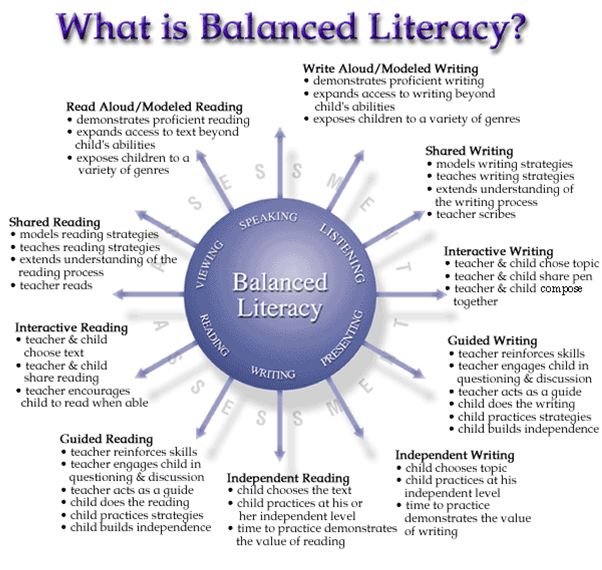
The lessons have an easy to follow format, guided reading books, notes about each level and where students are working, word work activities, comprehension activities to follow up the text reading, and even notes for parents.
Shop Kindergarten Guided Reading Lessons
Shop First Grade Guided Reading Lessons
Shop Second Grade Guided Reading Lessons
No matter where you are in your guided reading journey, it’s important to simply begin and keep moving forward. Teachers, myself included, are always learning, growing, changing our practice, and improving! I’m rooting for you!
pin it
Want to use the latest research to boost your readers during small groups? This FREE guide is packed with engaging ideas to help them grow!
Guided Reading Levels Decoded - The Reading Parent
2/17/2016
"Your child is reading on level. "
"
But, what does this mean? And, what are teachers looking for so they can tell you these things?
Different districts use different assessments - but many, now use Guided Reading. I'll focus the explanation today on guided reading levels. You see the guided reading levels listed across this site and they are really a great tool for you to examine a book for its appropriateness.
It used to be that a book's text was run through a computer program to determine its text complexity. The computer runs an algorithm based on vocabulary, sentence length, and word frequency. And then it spits out a lexile number - something like 550L.
You've seen this before. Microsoft Word's grammar check will use this algorithm on your writing and will spit out a Lexile measure so you can determine at what level you are writing.
The biggest piece Lexile misses can be content. You can have a book that is "appropriate" for sentence reading, but not at all appropriate content-wise. A good example of this is The Perks of Being a Wallflower, a book that based upon its Lexile is listed as a 4th grade book but is usually not deemed appropriate content-wise until later in middle school.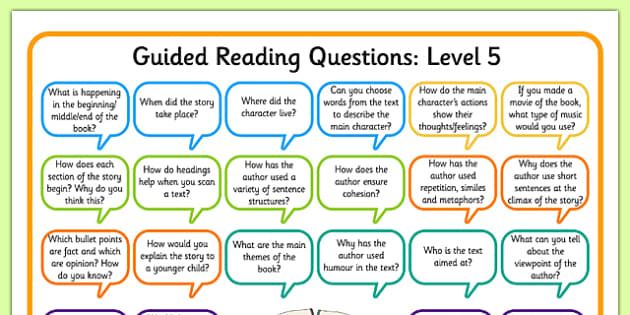
Enter, Guided Reading.
Guided Reading is an assessment framework put together by Irene Fountas and Gay Su Pinnell after years, and years and then more years of reading research. In short they determined, "...what the reader needs to be able to do at each level to read with accuracy, understanding, and fluency."
Guided Reading levels include many factors to determine appropriateness. This includes illustration support, layout of the book, length of the book, the use of dialogue, vocabulary, the use of characters, plot, and sentence structure. There are more elements included in determining a book's Guided Reading level - but you can already see this is a more complete picture of looking at a book to determine its appropriateness.
The Guided Reading levels is a letter based system - A to Z. And likely, your kid's classroom teacher is assessing your child using this framework. So they know a lettered level that your child is on and that determines if they are on-level or not.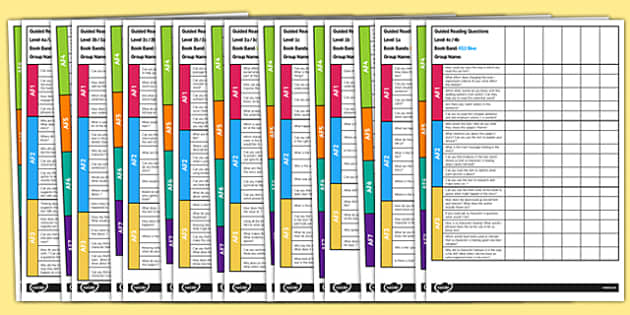
The goal, is to match the level the reader is reading at to a book that is at the same level or slightly higher. So, if your child is reading at a Level M, you'd want to offer book choices in the Level M and N range.
For reading aloud, a good rule of thumb is to read a couple levels higher than your reader could read on her own. So, if your reader is a level M - you would want to read a Level O, maybe P aloud with her. This is because, you think aloud while you read, and so you are helping your reader access the book - a book she otherwise wouldn't be able to read on her own but not so out of reach that you are stopping every sentence to explain. More on that later.
Level A books are appropriate for Kindergarteners (emerging readers) and Z level books are appropriate for kids in 7th and 8th grades (High School ready, can read any genre readers).
Here is the breakdown of the appropriate guided reading levels and on-track grades for any of the assessments schools would use.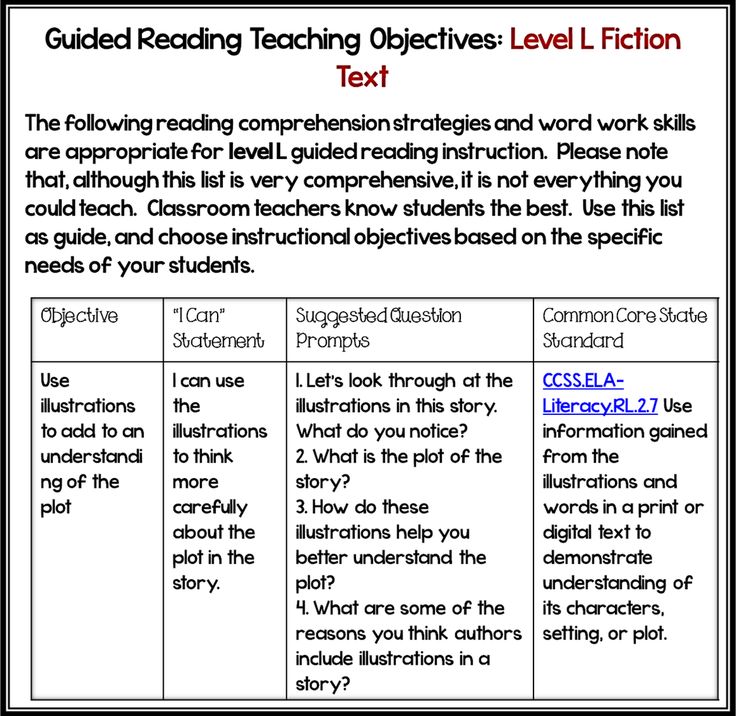
So, when the teacher tells you that your child is reading at a certain level, you can reference this handy chart to see what grade level that matches.
I will delve into this more deeply, but for those of you who are chomping at the bit...There are definitely characteristics we look for as educators to determine if your child is at a certain Guided Reading level.
I've included the full, downloadable file with all of that information, for each level, so you can see what should be happening - and for that matter, what's coming up.
Enjoy!
| Guided Reading Levels Explained in Detail |
| Transaction Isolation Levels (ODBC) Microsoft Documentation - ODBC API Reference
Twitter LinkedIn Facebook E-mail address
- Article
- Reading takes 3 minutes
Transaction isolation levels is a measure of how successful transaction isolation is.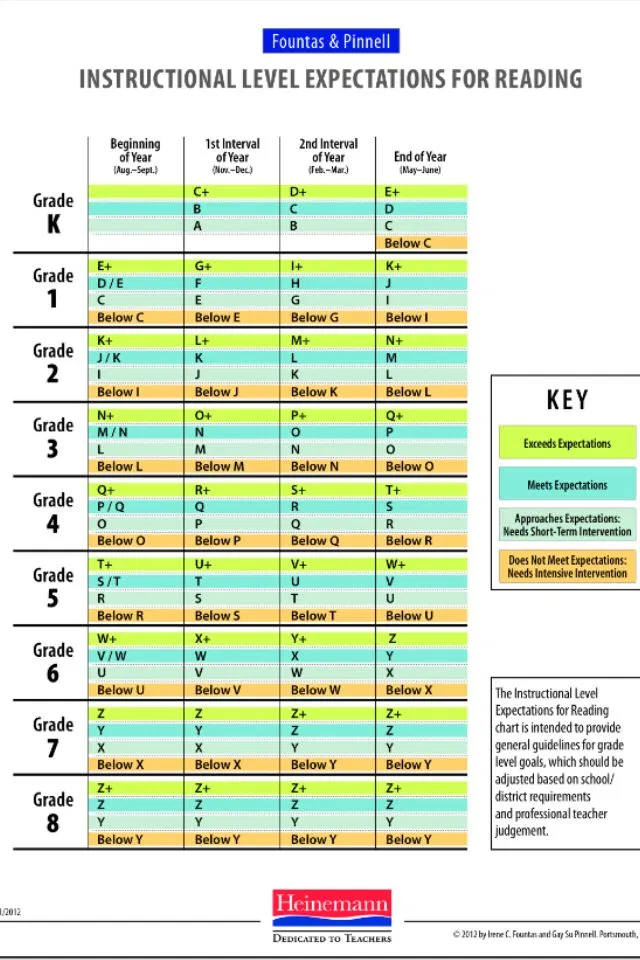 In particular, transaction isolation levels are determined by the presence or absence of the following phenomena:
In particular, transaction isolation levels are determined by the presence or absence of the following phenomena:
-
Dirty reads A dirty read occurs when a transaction reads data that has not yet been committed. For example, suppose transaction 1 updates a row. Transaction 2 reads the updated row before transaction 1 commits the update. If transaction 1 rolls back the change, transaction 2 will have read data that never exists.
-
Immutable reads Fatal read occurs when a transaction reads the same row twice but receives different data each time. For example, suppose transaction 1 reads a row. Transaction 2 updates or deletes a row and commits the update or delete. If transaction 1 rereads the row, it retrieves the different row values or finds that the row has been deleted.
-
Phantoms Phantom is a string that matches the search criteria but is not initially considered.
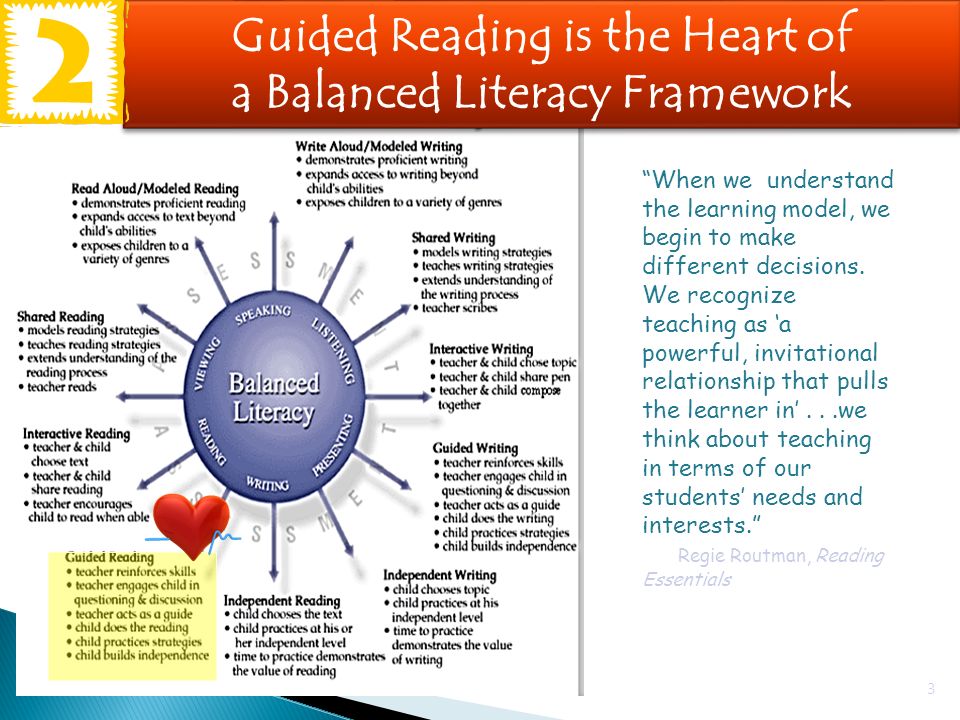 For example, suppose transaction 1 reads a set of rows that match some search criteria. Transaction 2 creates a new row (either via update or insert) that matches the search conditions of transaction 1. If transaction 1 resubmits an instruction that reads rows, it receives a different set of rows.
For example, suppose transaction 1 reads a set of rows that match some search criteria. Transaction 2 creates a new row (either via update or insert) that matches the search conditions of transaction 1. If transaction 1 resubmits an instruction that reads rows, it receives a different set of rows.
The four transaction isolation levels (as defined by SQL-92) are defined in terms of these phenomena. In the following table, "X" marks each event that can occur.
| Transaction isolation level | Dirty reads | Fatal reads | Phantoms |
|---|---|---|---|
| Isolation level read uncommitted | x | x | x |
| Insulation level read committed | -- | x | x |
| Isolation level repeatable read | -- | -- | x |
| Orderable isolation level | -- | -- | -- |
The following table describes simple ways to implement subD transaction isolation levels.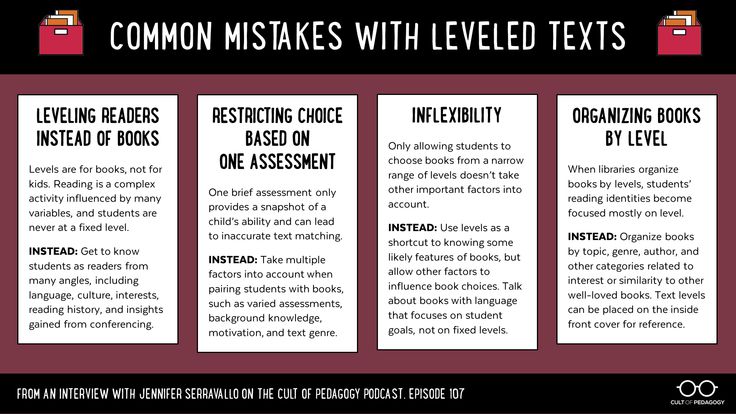
Important!
Most DBMSs use more complex schemes than to increase concurrency. These examples are provided for illustration purposes only. In particular, ODBC does not prescribe how certain DBMSs isolate transactions from each other.
| Transaction isolation | Possible implementation |
|---|---|
| Isolation level read uncommitted | Transactions are not isolated from each other. If the DBMS supports other transaction isolation levels, it ignores any mechanism it uses to implement those levels. As such, they do not negatively impact other transactions, transactions that run at the Uncommitted Read level are usually read-only. |
| Insulation level read committed | The transaction is waiting until the rows are locked by other transactions; this prevents "dirty" data from being read. The transaction holds a read lock (if it only reads a row) or a write lock (if it updates or deletes a row) on the current row to prevent other transactions from updating or deleting. |
| Isolation level repeatable read | The transaction is waiting until the rows are locked by other transactions; this prevents "dirty" data from being read. The transaction holds read locks on all rows it returns to the application and writes locks on all rows it inserts, updates, or deletes. For example, if the transaction includes the SQL statement SELECT * FROM Orders , the transaction reads the rows as the application retrieves them. If the transaction includes a SQL 9 statement0023 DELETE FROM Orders WHERE Status = CLOSED , transaction locks rows when they are deleted. Because other transactions cannot update or delete these rows, the current transaction avoids fatal reads. A transaction releases its locks when it commits or rolls back. |
| Orderable isolation level | The transaction is waiting until the rows are locked by other transactions; this prevents "dirty" data from being read.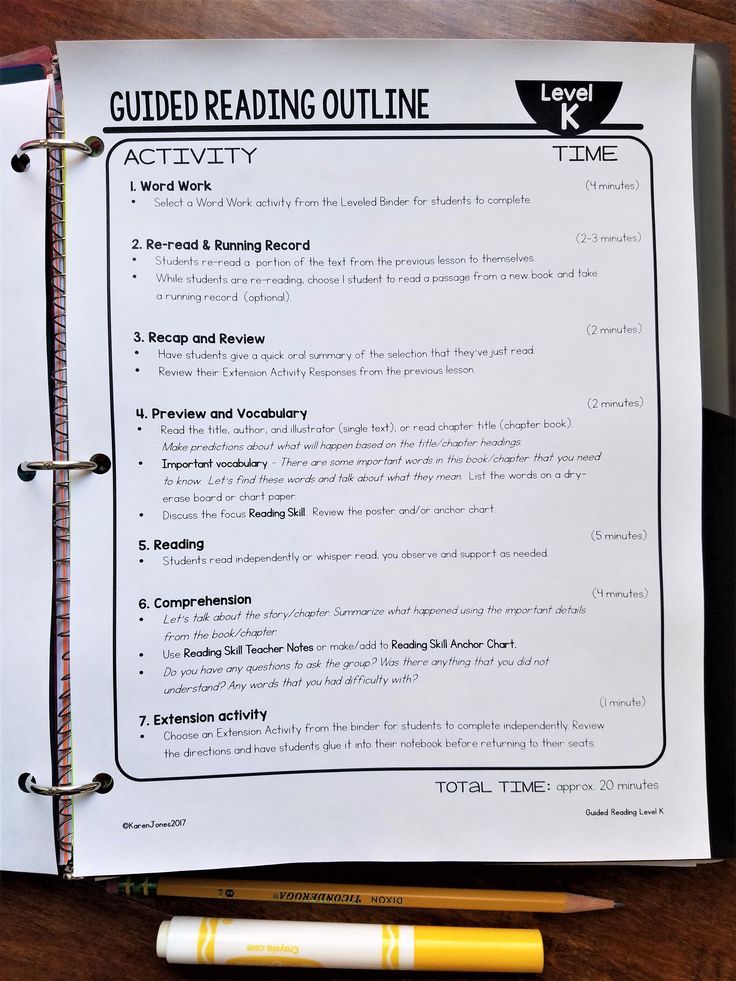 The transaction holds a read lock (if it only reads rows) or a write lock (if it can update or delete rows) on the range of rows it affects. For example, if the transaction includes the SQL statement SELECT * FROM Orders , the range is the entire Orders table; the transaction reads the table and does not allow new rows to be inserted into it. If the transaction includes the SQL statement DELETE FROM Orders WHERE Status = CLOSED , the range is all rows with the CLOSED status; the transaction locks all rows in the Orders table with a Status value of "CLOSED" and does not allow rows to be inserted or updated so that the resulting row has a status of "CLOSED". Because other transactions cannot update or delete rows in a range, the current transaction avoids fatal reads. Since other transactions cannot insert rows in the range, the current transaction avoids phantoms. A transaction releases a lock when it commits or rolls back. |
It is important to note that the isolation level of a transaction does not affect the ability of a transaction to see its own changes; transactions can always see any changes made. For example, a transaction may consist of two instructions UPDATE , the first of which increases the wages of all employees by 10 percent, and the second by a certain maximum amount. This is executed as a single transaction, only because the second UPDATE statement can see the results of the first.
For example, a transaction may consist of two instructions UPDATE , the first of which increases the wages of all employees by 10 percent, and the second by a certain maximum amount. This is executed as a single transaction, only because the second UPDATE statement can see the results of the first.
Teaching reading and developing reading skills in a foreign language0001
D.A. Deibner
Teaching reading and developing reading skills in a foreign language
The article is devoted to the main points in teaching reading in a foreign language, considering some ways of developing reading skills. Reading is a process of thinking: the reader approaches the interpretation of texts with his own store of knowledge and experience, which explains the unequal interpretation of the meaning of the same text by different readers. In the course of learning to read, students try to exchange their thoughts about what they have read, learn to ask questions.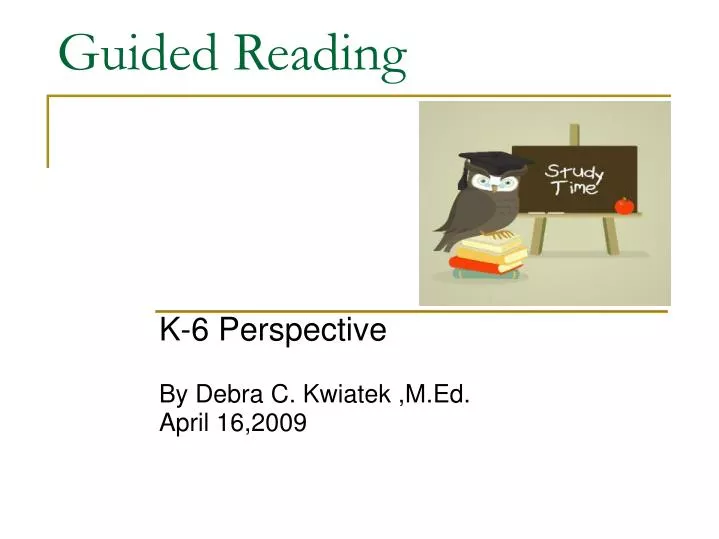 The teacher, in turn, acts as a kind of intermediary between the students and the text. 9
The teacher, in turn, acts as a kind of intermediary between the students and the text. 9
°°
¡±
sho
Effective reading is the basis for successful acquisition of foreign language skills. First of all, reading is the base in all aspects of language learning: using textbooks for language courses, writing, developing vocabulary, acquiring grammatical skills and their control. Including reading instructions in every language training program.
It should be taken into account that when learning a second language, both a child and an adult who has acquired some general reading skills in their native language (using a graphic code to recreate language elements) do not experience problems when the graphic code of the language being studied is based on principles corresponding to the native language .
Reading is a conscious or unconscious process of thinking. The reader uses many strategies to reconstruct the meaning that was laid down by the author, in this case the reader resorts to comparing information from the text with his own experience and knowledge.
The reader approaches the text with a wealth of knowledge and experience, including their own attitude to oral and written speech. All one's own knowledge, experience, and values are organized into categories or schemes. Each one is connected to the others in a complex mental grid. Depending on what facts and ideas were noted in the text, the reader compares the information received with background knowledge and builds a version of the meaning of the text. Text perception researchers have established a parallel between information processing and understanding how people 9l go
O
k o
F go
l go
O .
s O
ss and O
and
a. si
o
o
1— . from
think, study and remember what they read. The process of focusing the reader's attention primarily on what they already know is conceptually driven and top-down. Otherwise, when the reader relies primarily on the features and information of the text in order to understand what they read, the data management process takes place - the “bottom-up” method.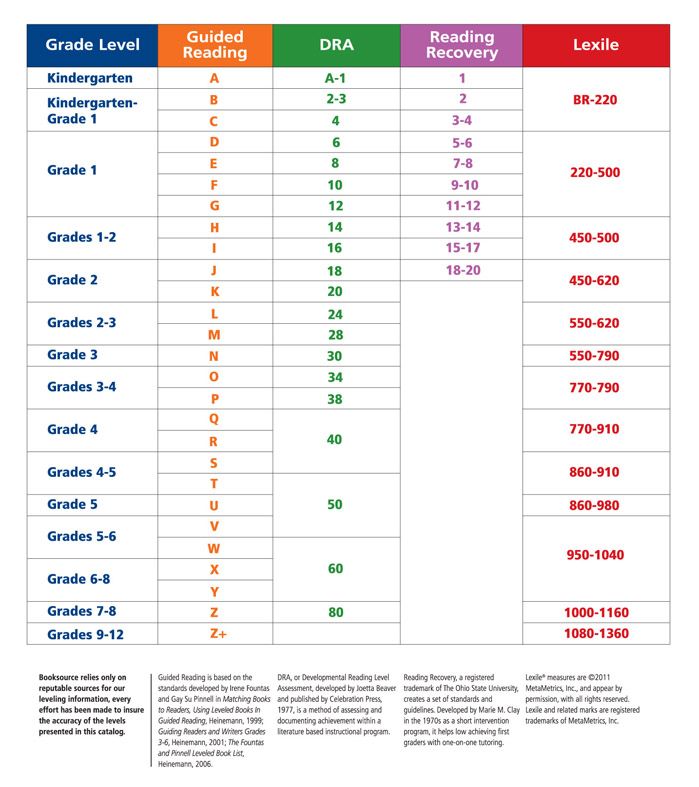 In other words, the reader is constantly comparing the facts obtained from the text with what he already knows. When a person reads, both methods are in constant interaction. Textual information activates personal knowledge, and personal knowledge, in turn, contributes to making assumptions about what is embedded in the text. This mostly unconscious, interactive process continues until the reader is satisfied with the comparison of data obtained from the text with his knowledge, and fully understands what he is reading about.
In other words, the reader is constantly comparing the facts obtained from the text with what he already knows. When a person reads, both methods are in constant interaction. Textual information activates personal knowledge, and personal knowledge, in turn, contributes to making assumptions about what is embedded in the text. This mostly unconscious, interactive process continues until the reader is satisfied with the comparison of data obtained from the text with his knowledge, and fully understands what he is reading about.
The reader's first language and mental consciousness determine what he notes in the text and how he applies knowledge to textual information. When reading in a foreign language, he draws on his native language and culture. And this means that the reader will highlight the facts and interpret them depending on the structure of the language and the cultural attitude towards its literacy. It is important here to clarify the relationship between reading and literacy.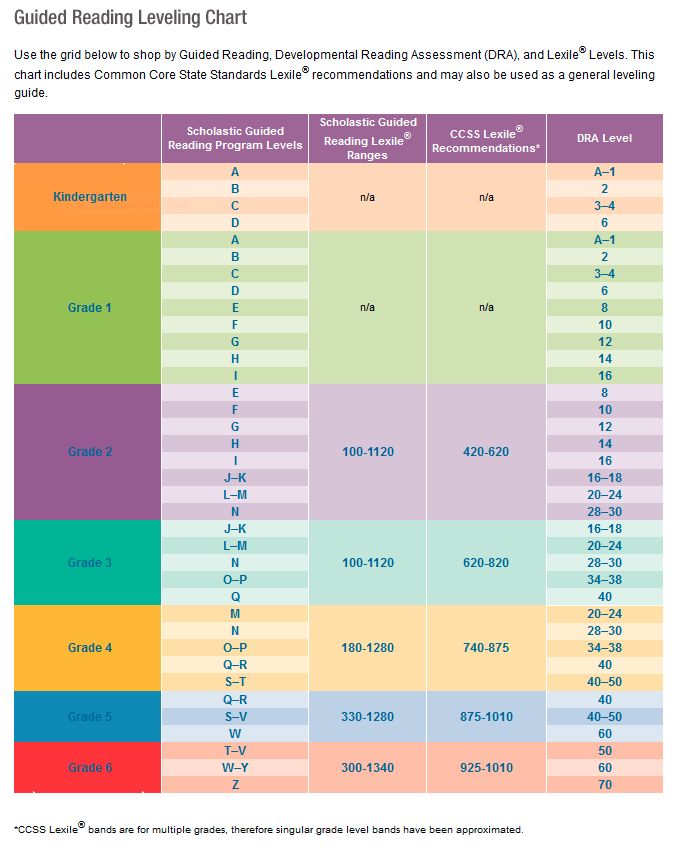 The concept and goals of literacy, which differ in cultural contexts, are the basis for the acquisition and further use of reading and writing skills.
The concept and goals of literacy, which differ in cultural contexts, are the basis for the acquisition and further use of reading and writing skills.
In a broad sense, literacy refers to the level of knowledge and skills in a particular area, as well as the ability to apply them in practice [2]. In the case of language acquisition, literacy is the degree of mastery of reading and writing skills, the ability of a person to read, understand and write a text; it is a set of ideas and beliefs regarding the use of oral and written speech, which are established in the course of a person's socialization in a particular cultural society.
Language and culture are inextricably linked. Knowledge of language and form of thought is socially built and includes cultural attitudes, and each language/culture contributes to the development of its own understanding of the world. That is why two people belonging to different cultures, reading the same text, can come to completely different conclusions.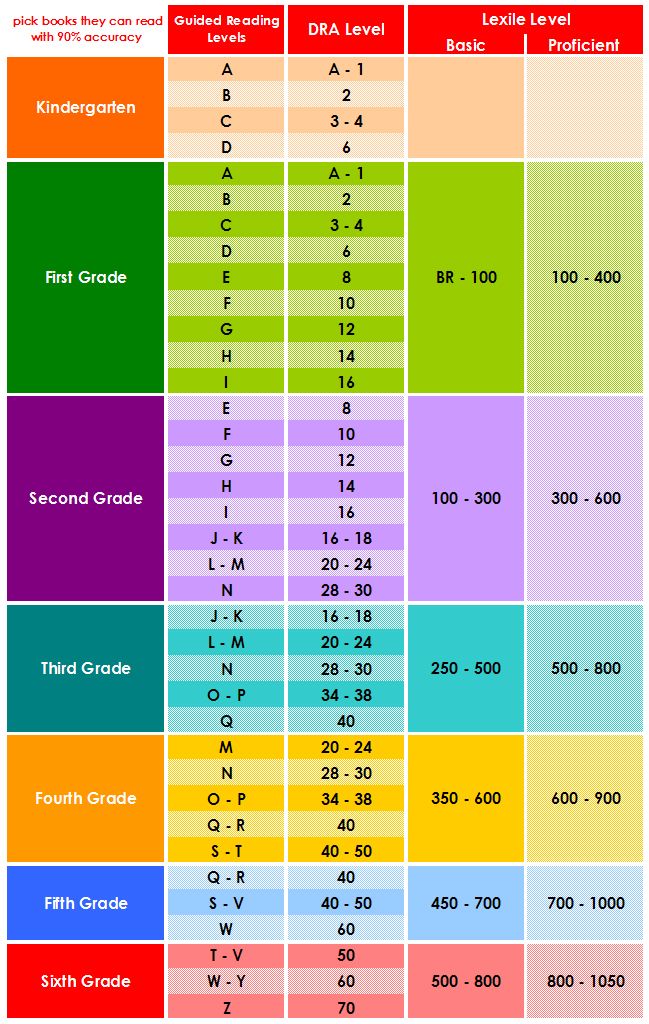 It depends on different background knowledge, expectations about what textual information is, and on different ways of reproducing meaning. Consequently, not always a person who is fluent in reading skills in his native language will be able to apply them to a text in a foreign language.
It depends on different background knowledge, expectations about what textual information is, and on different ways of reproducing meaning. Consequently, not always a person who is fluent in reading skills in his native language will be able to apply them to a text in a foreign language.
Reading in a foreign language requires mastery of certain oral and written skills. The teacher should help the student to master the grammatical structure of the language being studied, to acquire “secondary language literacy” in constant practice: to introduce them to a new culture, cultural understanding of language and speech, to identify specific formal and content systems. It is important to understand that in order to teach to read in a foreign language, it is literally necessary to change the student's cognitive activity and value system.
Students must learn to think in a foreign language so that they can read and understand foreign texts effectively. In teaching reading, the teacher should take into account the following recommendations:
1. Students perceive new things better if they are aware of what they are doing. Once they know the processes of thinking, they begin to monitor their implementation and apply appropriate strategies for understanding the text [4].
Students perceive new things better if they are aware of what they are doing. Once they know the processes of thinking, they begin to monitor their implementation and apply appropriate strategies for understanding the text [4].
2. L.S. Vygotsky notes that reading is “a mental process of a very complex order. And, above all, it is important that the work of the visual mechanism is subordinated to the processes of understanding, and these processes are a very complex ability to establish a relationship between the meanings of words” [1, p. 89]. It makes no sense to teach "reading in general", it must be a conscious process.
3. The teacher should encourage students to discuss texts, help them choose strategies for reading comprehension, give them the opportunity to talk to each other about meaning. In this case, students develop grammatical skills.
4. Some researchers note that fluent reading contributes to reflection and improves understanding of the text [3].
5.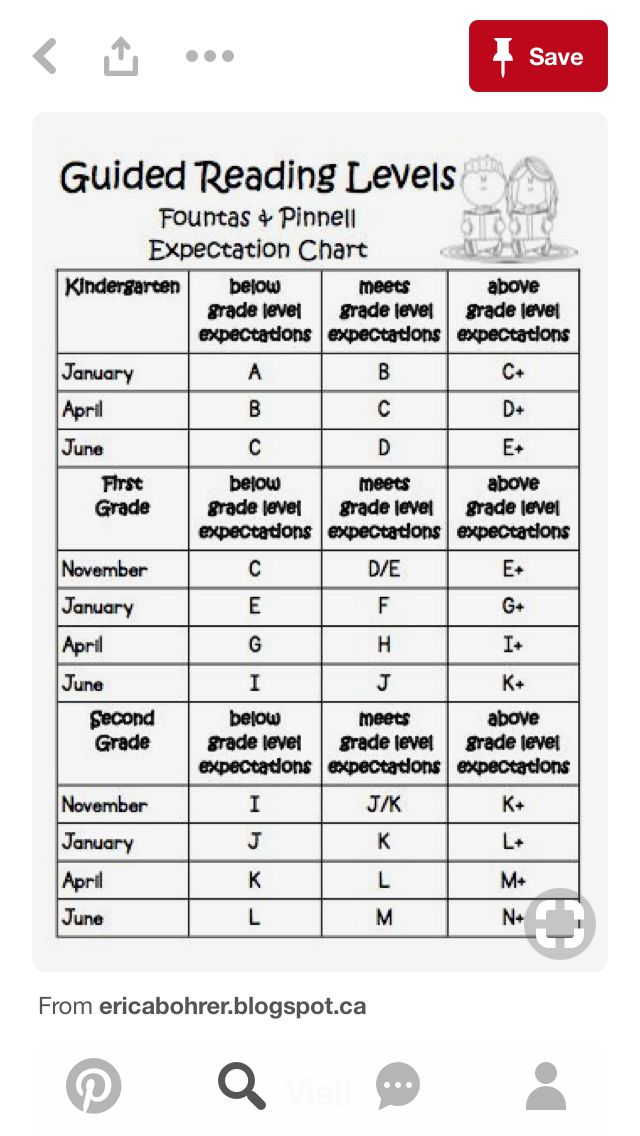 The best way to improve your reading is to read. By reading, the student expands his vocabulary, grammatical knowledge, models of written and oral speech, improves reading speed, immerses himself in the culture of the language being studied [5].
The best way to improve your reading is to read. By reading, the student expands his vocabulary, grammatical knowledge, models of written and oral speech, improves reading speed, immerses himself in the culture of the language being studied [5].
To successfully master reading skills, a student must: understand that reading is not only a translation of words, it is a thought process; talk about what he read and explain how he came to a particular conclusion; refuse to read individual words to increase the speed of reading the text as a whole; learn to choose the pace of reading, based on the initial settings; use the "top - down" method in order to establish a connection between personal knowledge and the text; use
o §
9the conclusion is that learning to read in a foreign language will be more successful in a group of students. At the same time, it is necessary to read more for your own pleasure, with the opportunity to discuss what you read with people who are able to competently recreate the language models necessary in learning a foreign language.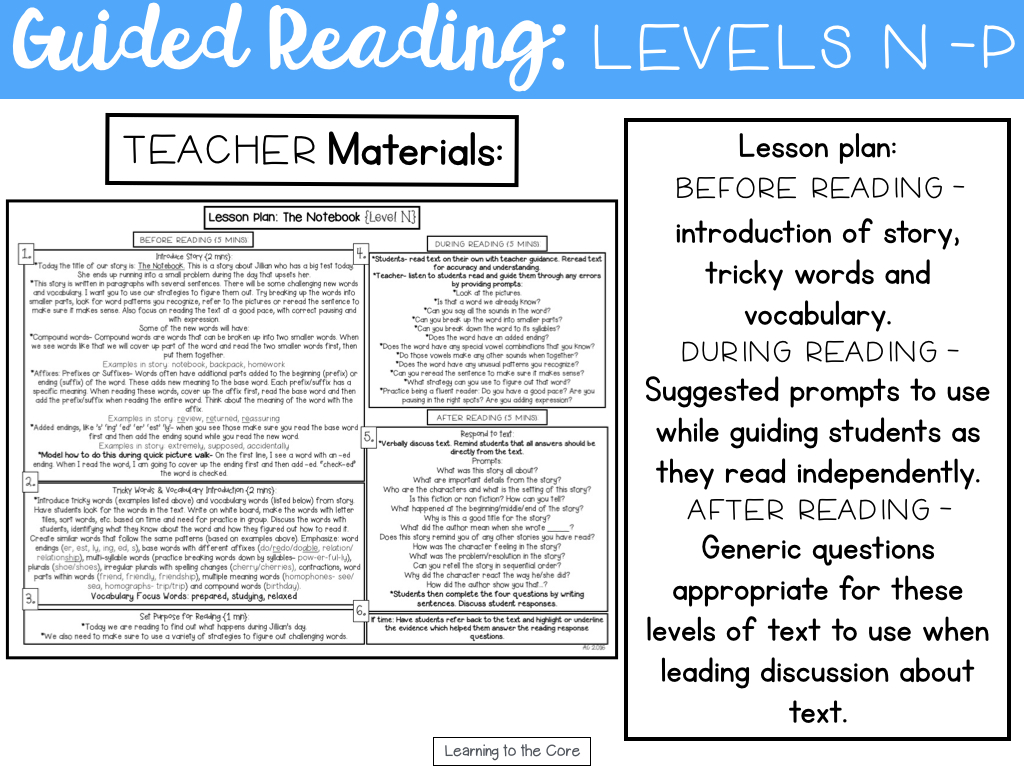 Apply interactive lessons focused on specific reading skills with the opportunity for students to express their thoughts. Train and practice fluent reading. Activate vocabulary, including direct reference to frequently used words and thematic words.
Apply interactive lessons focused on specific reading skills with the opportunity for students to express their thoughts. Train and practice fluent reading. Activate vocabulary, including direct reference to frequently used words and thematic words. Reading is a cognitive process that the reader uses to recreate the meaning of a text. Those who read freely, unconsciously and automatically use some reading skills.
Students can choose books to read. The teacher, in turn, must guide students, help with the choice of texts that correspond to the level of knowledge, develop a positive attitude towards reading in a foreign language. The more students read, the better their vocabulary becomes. The more vocabulary they have, the better they can read. In addition, reading improves writing skills.
Reading in a foreign language can motivate a student to further improve their language skills.
References
1. Vygotsky L.S. Digest of articles. M.; Leningrad, 1935.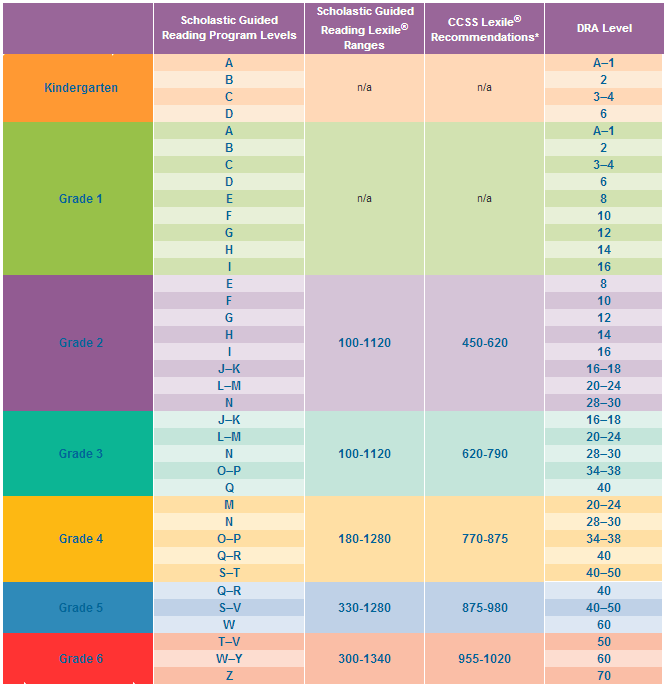
2. Breigina M.E., Shchepilova A.V. Methods of teaching foreign languages: traditions and modernity. Obninsk, 2010.
3. Anderson N.J. Practical English language teaching: Reading. NY., 2008.
4. Brown A.L. Knowing When, Where, and How to Remember: A Problem of Metacognition // National Inst. of Education (DHEW). Washington 1977.
5. Day R. Extensive Reading in the Second Language Classroom // R. Day, J. Bamford. Cambridge, 1998.
Deibner Daria Andreevna - post-graduate student of the Department of Romance Philology, Moscow City Pedagogical University, teacher of foreign languages, gymnasium No. 2, Alexandrov, Vladimir region. . E-mail: [email protected]
107
cc
D.A. Deybner | &
Teaching reading and development of reading skills I 2
in a foreign language 90 In the course of mastering reading, students try to share their thoughts about what they read, and learn to ask questions. The teacher is a kind of intermediary between students and text.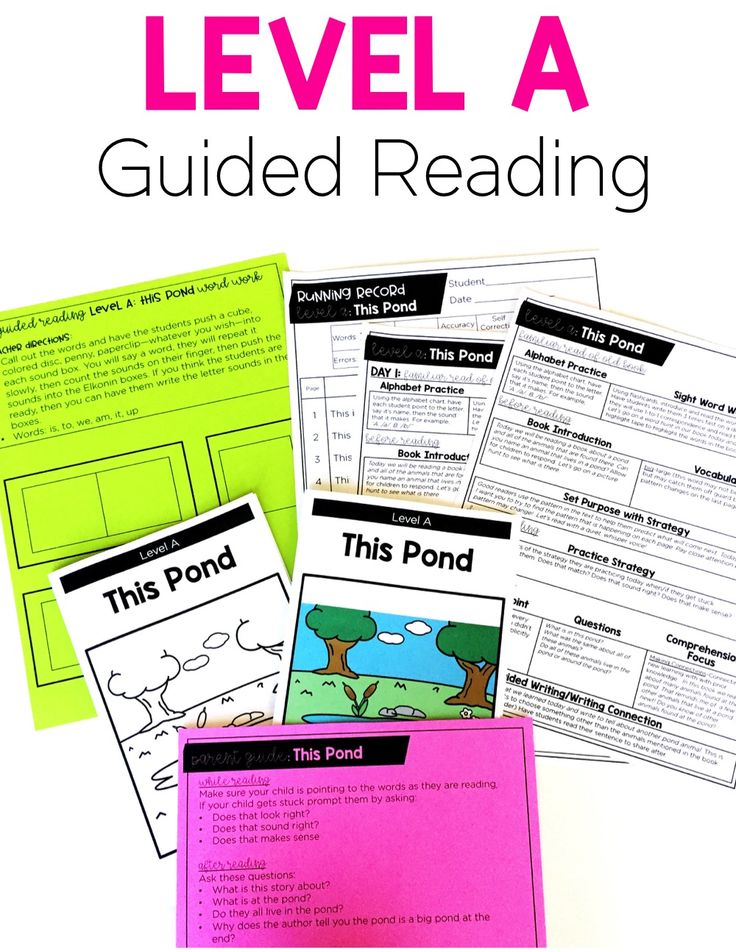

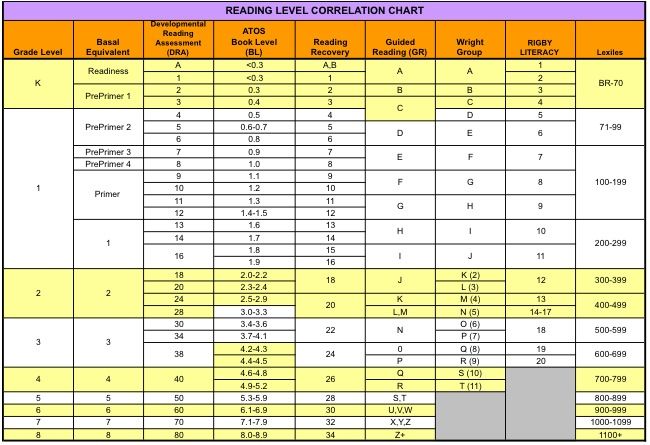 The transaction releases read locks when moving out of the current row. It holds write locks until it is committed or rolled back.
The transaction releases read locks when moving out of the current row. It holds write locks until it is committed or rolled back. 


